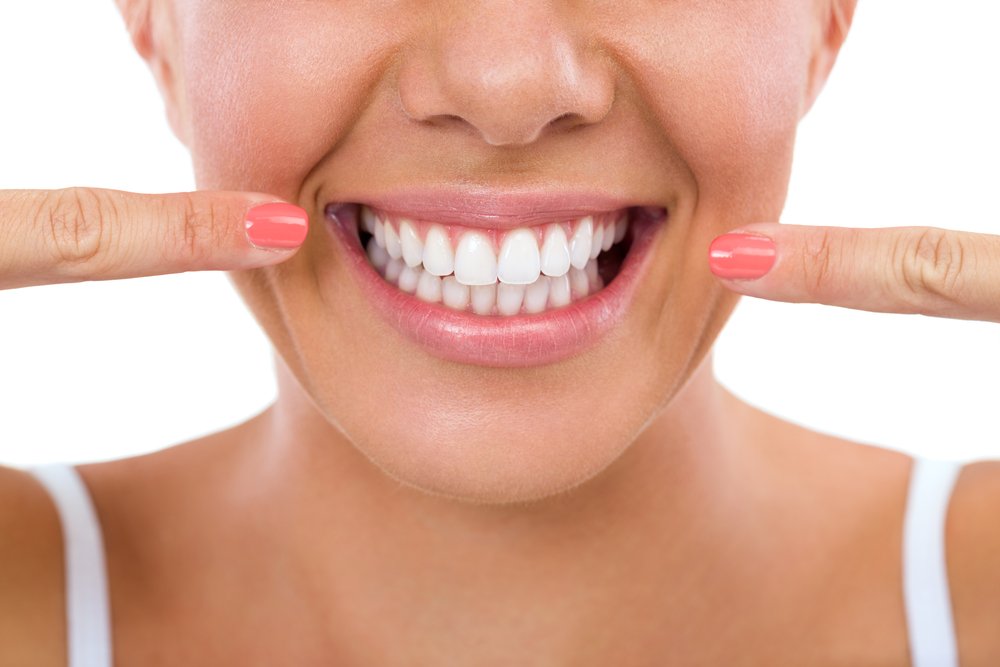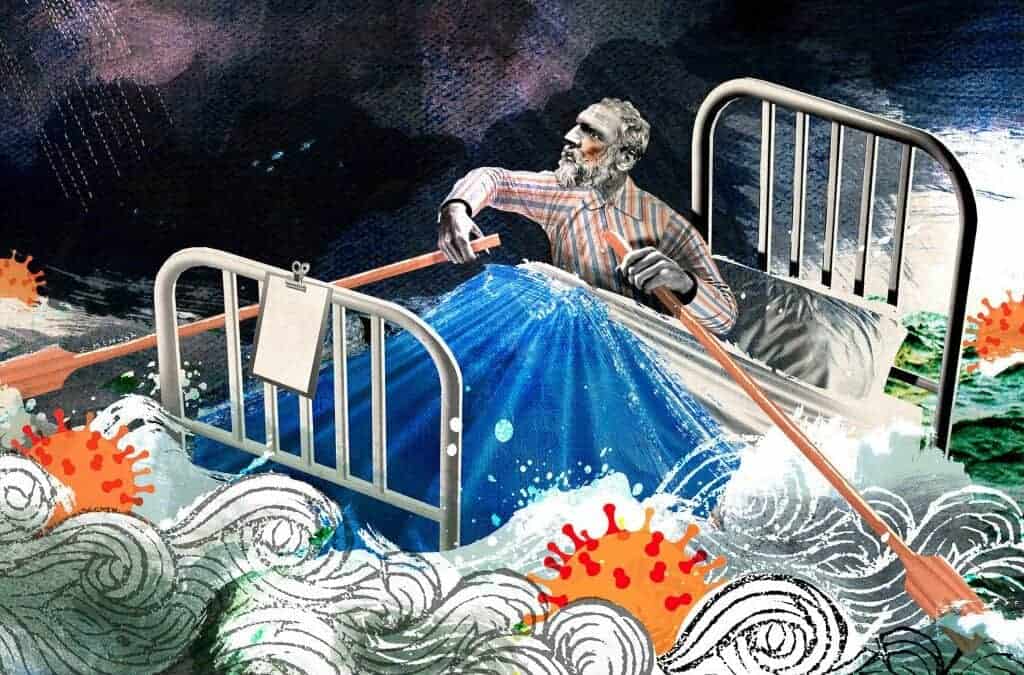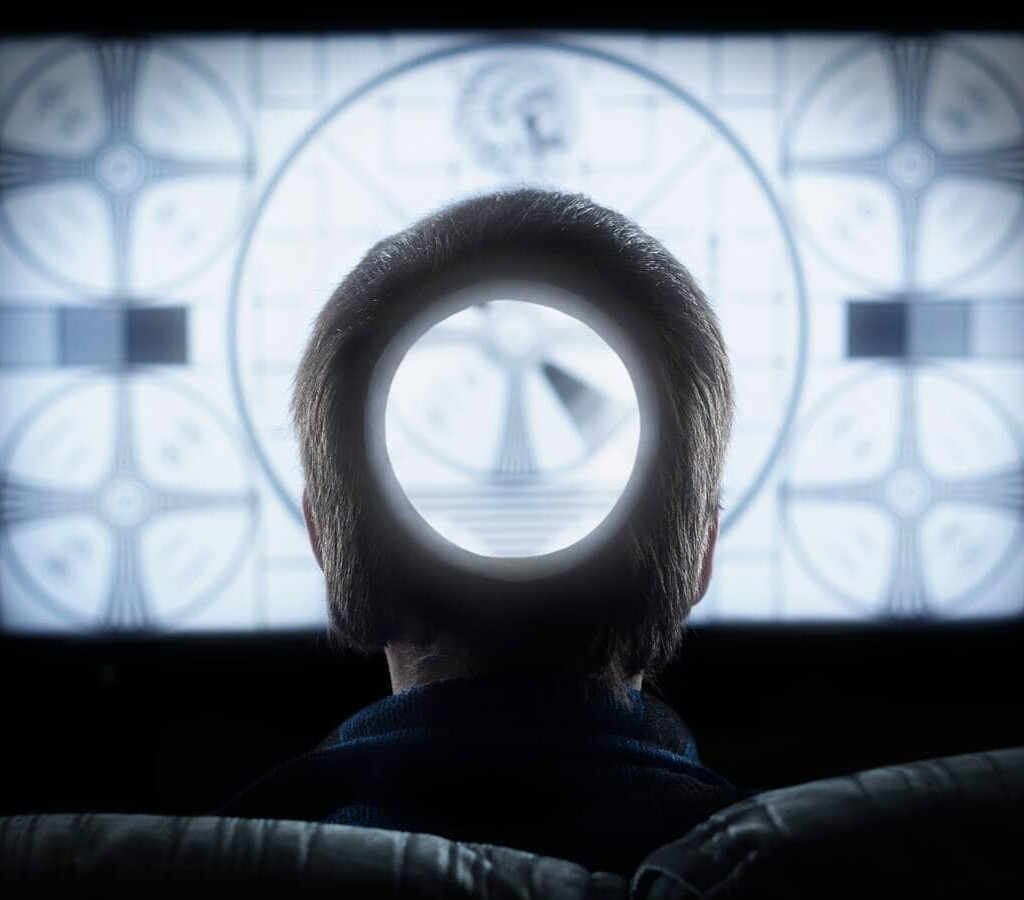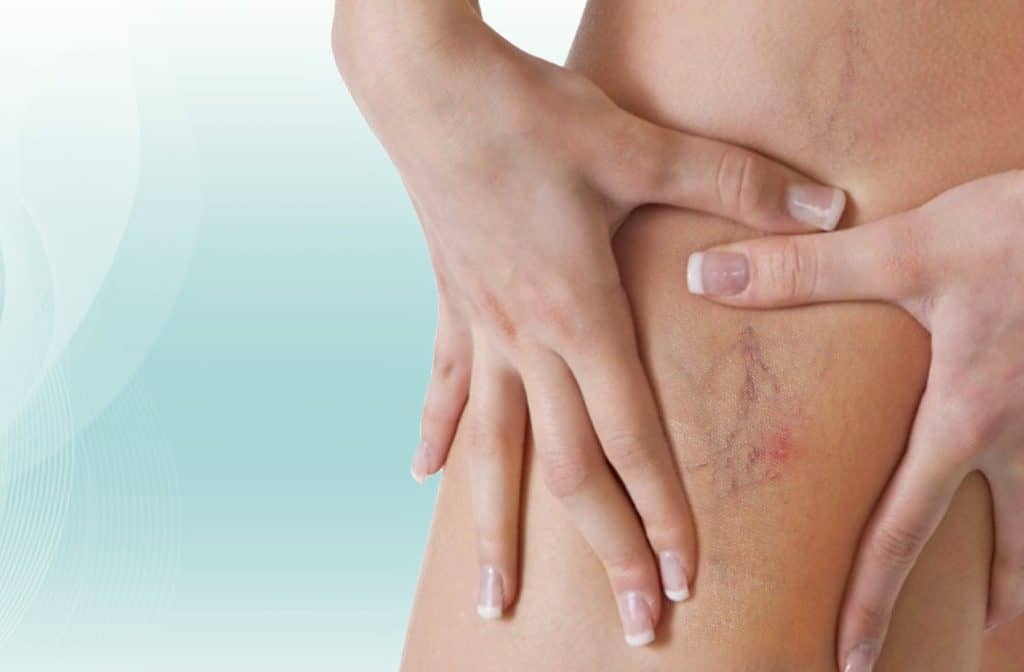Our most complex organ and the source of our deepest identity are our teeth. When everything else is gone, they allow us to recognize a person.
The Teeth according to Biodescodification — Emotional Conflicts
Each tooth is a tiny pyramidal structure composed of apatite crystals that are electrically charged and filter and amplify information. The voltage is recorded inside the tooth in successive layers.
We can replace liver cells every six weeks, but teeth don’t regenerate – the only part of the body that doesn’t!
Children’s enamel may occasionally become stained due to medications, traumatic experiences, or stress dating back to pregnancy.
After conception, the embryo divides and organizes itself so that the embryonic components ectoderm, endoderm and mesoderm can produce the various body organs.
Milk teeth
In the second month of intrauterine life, milk teeth are created from the ectoderm (as well as the central nervous system). Permanent teeth also begin to form during the third and fourth months.
This memory, which allows cells to situate themselves in their environment and work in harmony, is necessary for them to recognize and communicate with each other. This memory, which is deeply rooted in every human being, incorporates the feelings that were experienced while the mother was carrying the child.
The fetus, which cannot speak, seeks the love, affection and emotion it needs from the sounds it hears around it.
The mouth is the first organ of the human being that establishes relationships with the mother
It unites the newborn with its mother and provides sustenance, as well as satisfaction and pleasure. Through it, we exchange words, smiles, kisses, food and love.
The environment in which the teeth are found includes the gums, bones, cheeks and jaw joints. These components enable the fundamental bodily processes of breathing, sucking, swallowing, chewing and speaking. The trigeminal nerve connects them to the cerebral cortex.
Half of the cortex corresponds to the orofacial area in Penfield’s homunculus, the region of the brain where the map of regulation and functioning of the entire body is drawn. This relationship allows us to understand the importance of the information transmitted from the mouth to the brain and from the brain to the mouth.
Emotional memories
According to decoding, teeth carry two different types of emotional memories: those that are intrinsic and derived from ancestry and those that are learned throughout life.
From what the teeth say, specialists in the field, such as psychologists, therapists, or dentists, investigate the underlying reasons for a problem. A relational problem, for example, can be examined from their perspective.
In a young person, a lateral incisor mounted on the right central incisor may show separation from the father; a cavity in a left lateral incisor may reflect a conflict with the mother. One tooth mounted on another may also signify a relationship of dominance or estrangement.
Decoding is therapeutic on its own, but it does not obviate the need for dental work if there is a problem. For any emotional states that may surface throughout the sessions, homeopathy and Bach flowers can be used as remedies.
Do not miss to read
With information from Monsalud Luque




